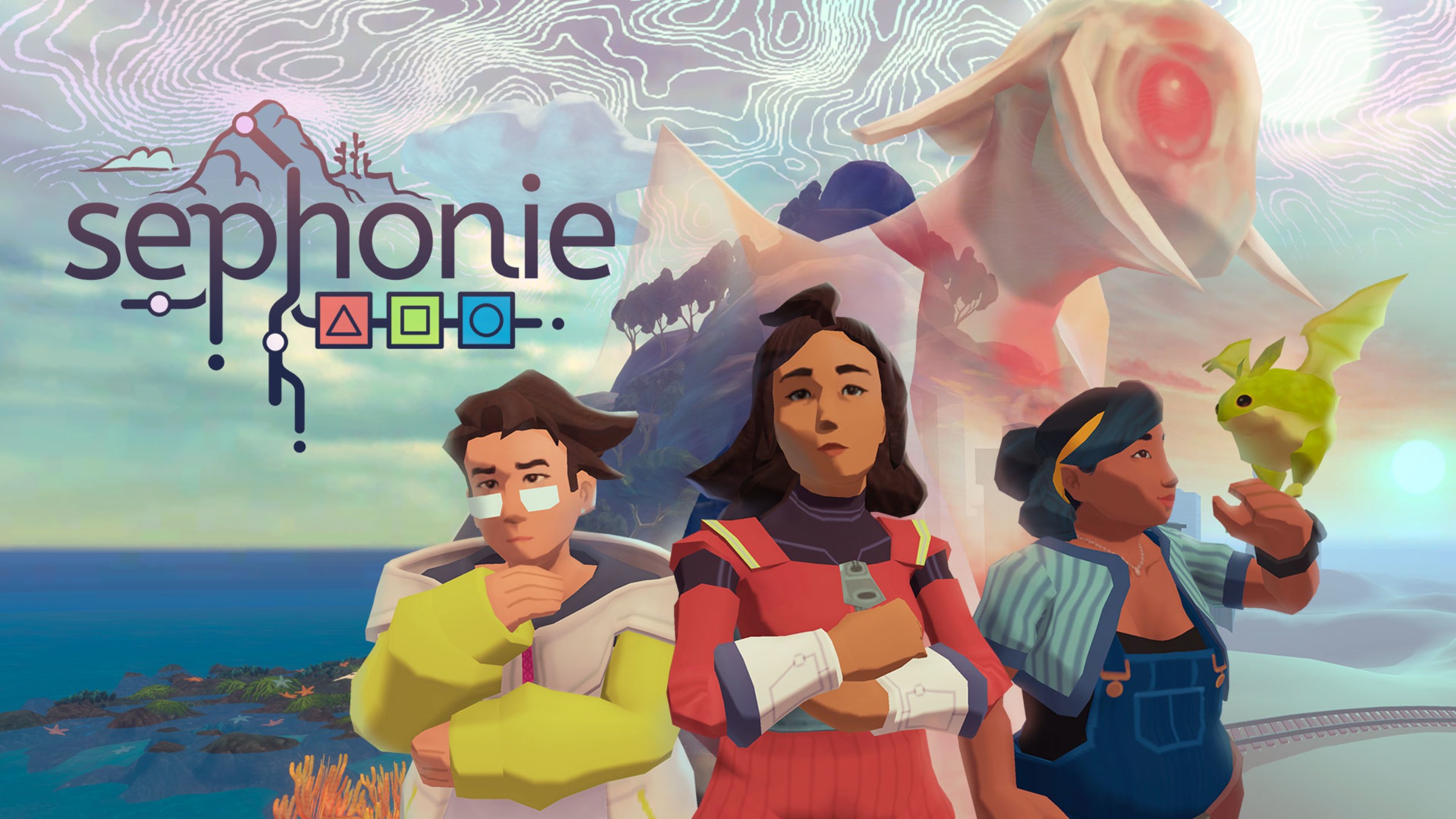Sephonie
Initially released in April 2022, Sephonie was created by the duo, Melos Han-Tani and Marina Kittaka, also known as Analgestic Productions. A year later following a successful release on PC and with the help of publisher Ratalaika Games, Sephonie sees a console release for the first time, widening the range of potential players who wish to try what I’d like to call a true genre bending experience. I’d like to give a special thanks to Ratalaika Games again for giving us the opportunity to cover this console port on the Nintendo Switch!
Sephonie features three playable characters, Amy, Riyou, and Ing-wen, as they are shipwrecked on the titular island, Sephonie Island. Equipped with the ONYX system, the trio of reporters explores the island while trying to find a way to survive as help arrives. If it ever arrives, rather. What makes this game different from other survival titles on the Nintendo Switch is that “survival” is not the point of Sephonie.
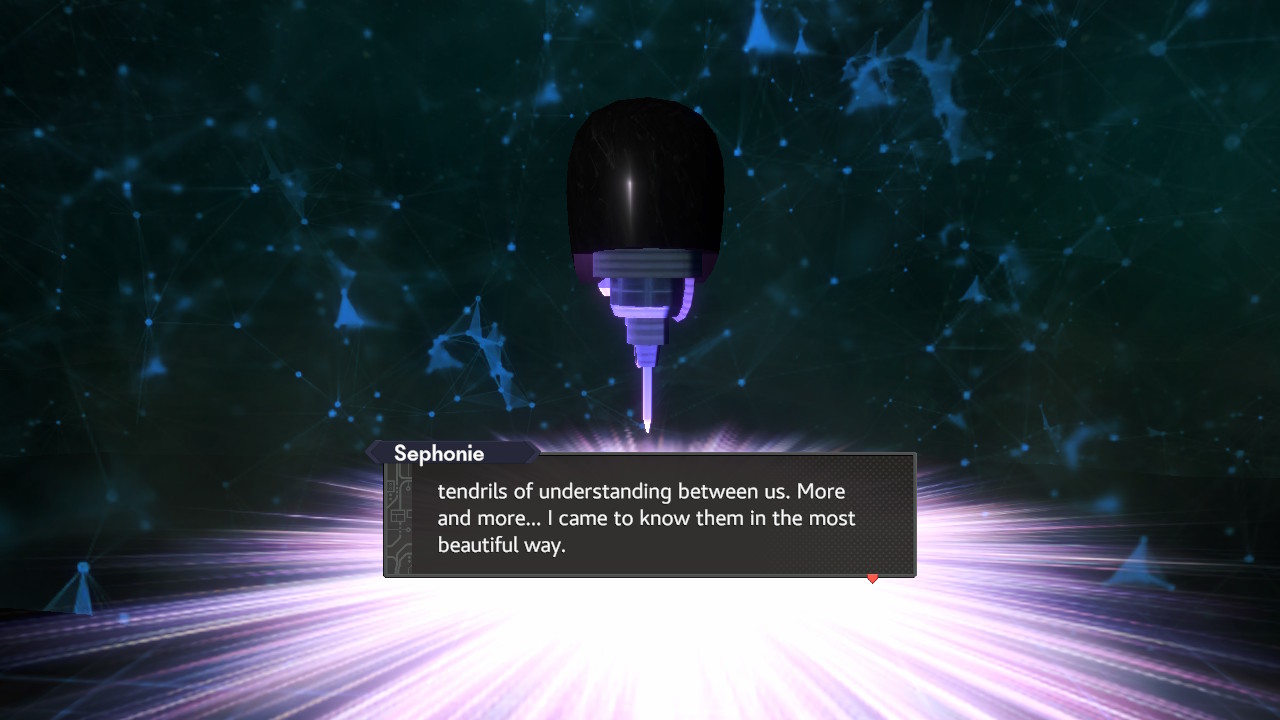
Instead, it borrows elements from titles such as No Mans Sky, a game that pushed the Switch to its limits in taking its spelunking traveling gameplay to the portable console. In Sephonie, players will discover native species that can be analyzed with the ONYX system. To reach these species, whether it be fauna or wildlife, players will need to use parkour, compared to extreme sports titles, to jump, wall-run, and get to seemingly inaccessible areas with proper platforming.
This is where the Switch platform works against it, much like games such as Human: Fall Flat, where I criticized the momentum-based controls as being counter-intuitive on the Switch hardware. The default buttons of the joycon as well as the default setup on the Switch Lite by extension are not the best for 3D platformers that rely on speed and angles to clear jumps. This is especially true with Sephonie as dashing is a button and not an action.
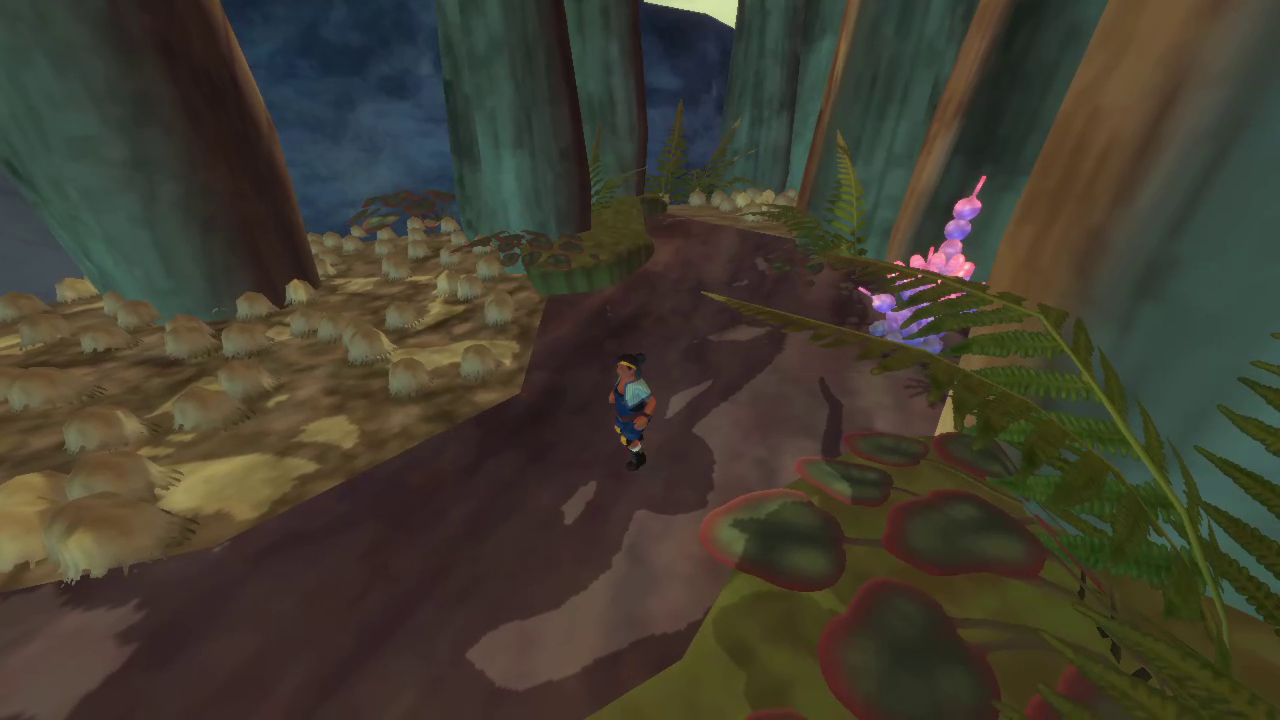
Pressing the dash button locks a character in a direction with the ability to “carve” in a specific direction, much like riding a skateboard. Comparing the movement to that of Session it makes sense as Sephonie Island is expansive. Having a sense of speed is fine for traveling large distances, but having to do it on the fly on the Switch proved to be a challenge. The graphics and performance also take a minor hit on the console as compared to its PC counterpart, but the game is forgiving with its respawns and checkpoints.
The main core of Sephonie is analyzing organisms with ONYX. Dubbed the “Puzzle grid” system, the player has to fill the research bar by matching islands of a certain color along the grid. Depending on the organism, specific traps including slimes that mutate and stones that block paths will impede on the research progress. The player can restart as many times as they wish from any checkpoint, should they fail.
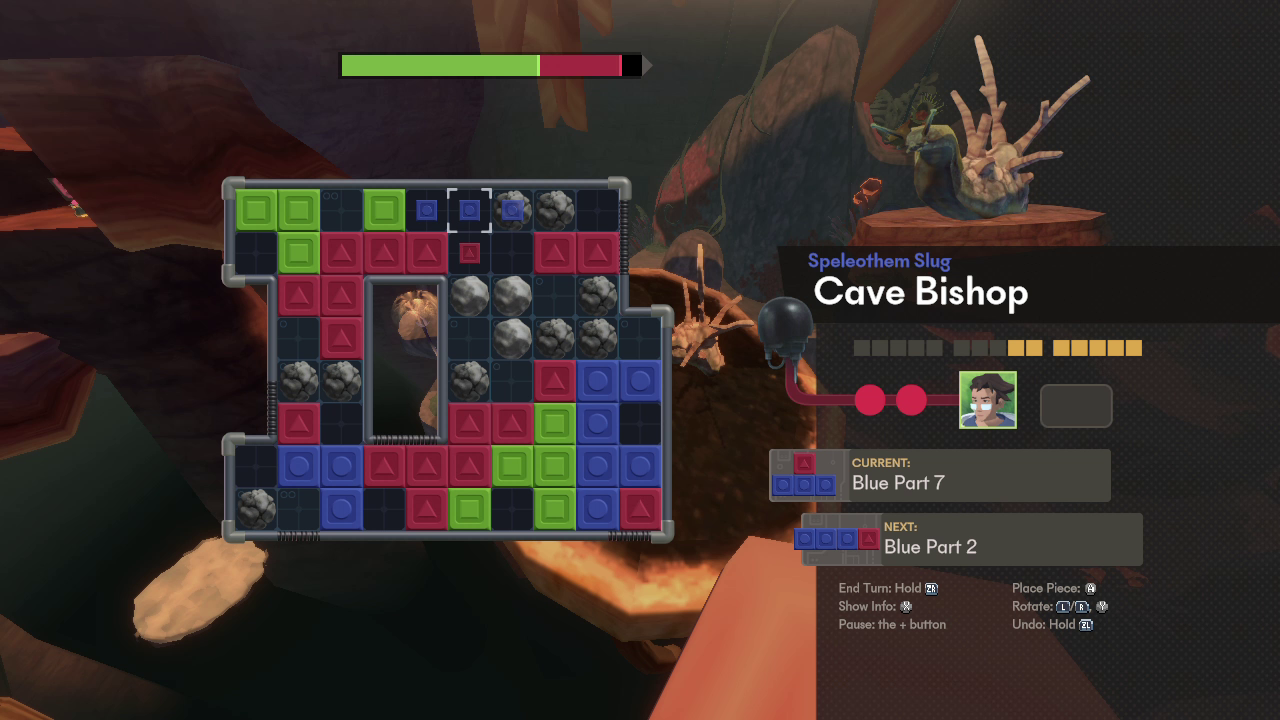
Sephonie’s puzzle grid reminded me of the Atelier series, where creating alchemy depended on the shape of each piece. The more organisms identified, the more pieces the player will have to effectively solve each puzzle. Not every organism has to be identified in order to complete the game, as there are required “key organisms” needed in order to progress the plot.
There are even bonus items that are located in hard-to-reach locations, which offer bonus insights to the three playable characters. Amy, Riyou, and Ing-wen each have their own distinct personalities and relationships with each other as the narrative focuses on their personal bonds as well as the ones with nature. Without going into too much detail for spoilers, I was impressed with how invested I was in each character.
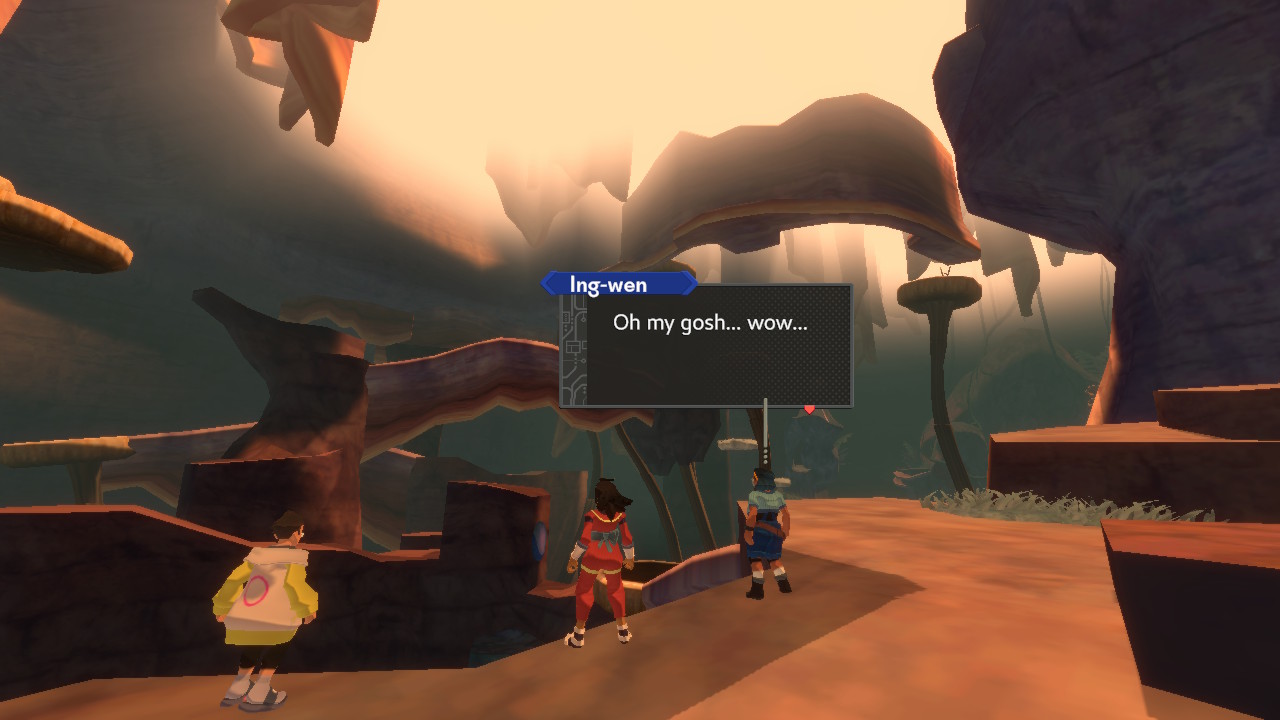
There’s no difference in playstyle among the trio so players can use their favorite character throughout the game if they wish. The difference in environments, which deepens as more of the island is discovered, was pushing my platforming prowess to the limits. Eventually, it led me to one simple conclusion. Under default controls, Sephonie has been an exercise in frustration largely due to the technicality of a PC game ported to a console.
If the Nintendo Switch is the absolute only way a player can experience Sephonie, with enough patience, it’s a phenomenal game on the console. If the platforming becomes too stressful, then the interesting puzzle moments, realistic narrative, and overall investment in the fate of the three reporters will be enough to endure the rough edges.
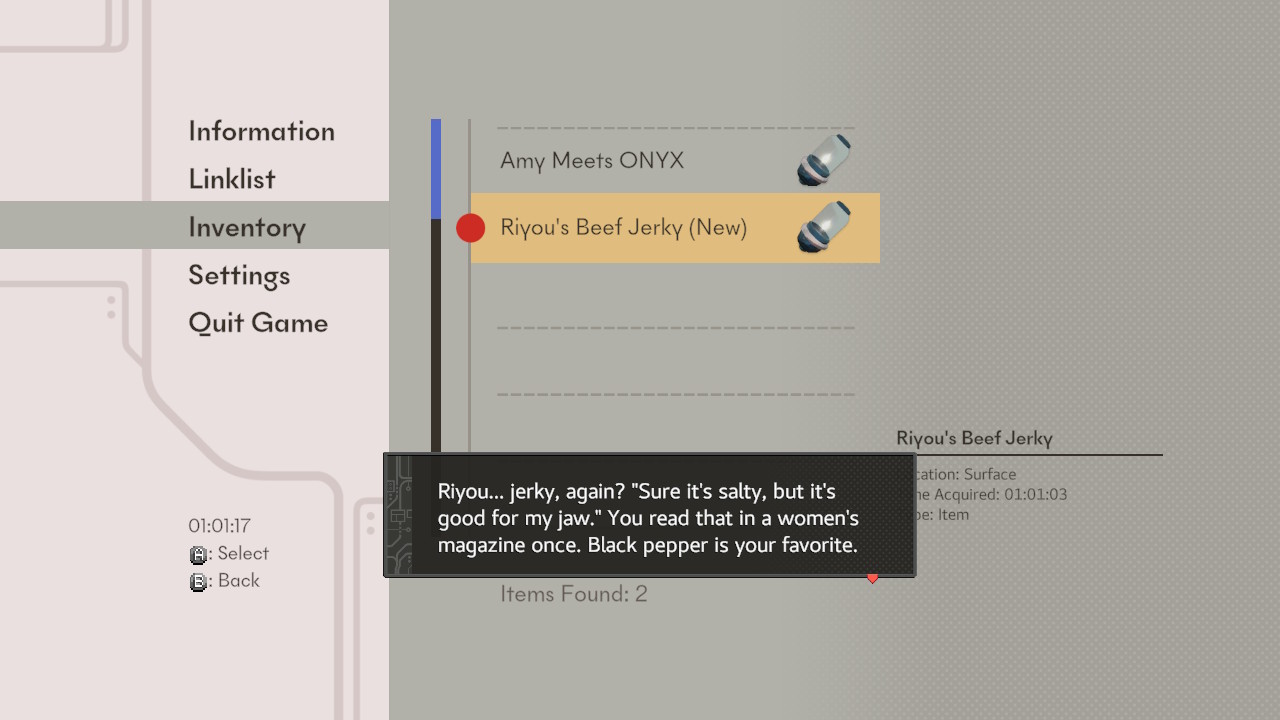
I’ll come back to this game after playing the original PC version with a fairer assessment, but for now, I wouldn’t recommend the Switch version. However, Sephonie itself is an interesting puzzle platformer that unfortunately shows that not all consoles are indeed created equal.
Sephonie is available on PC. It’s also available on the Nintendo Switch, PlayStation 4, PlayStation 5, and Xbox One.

